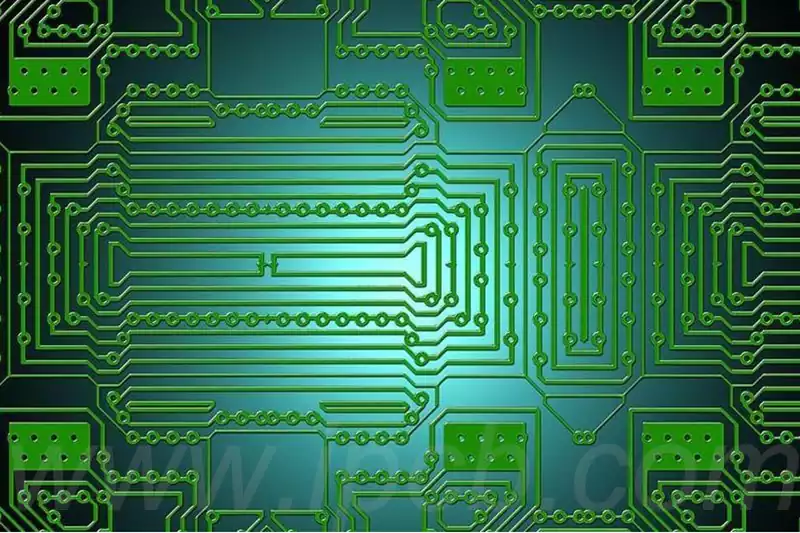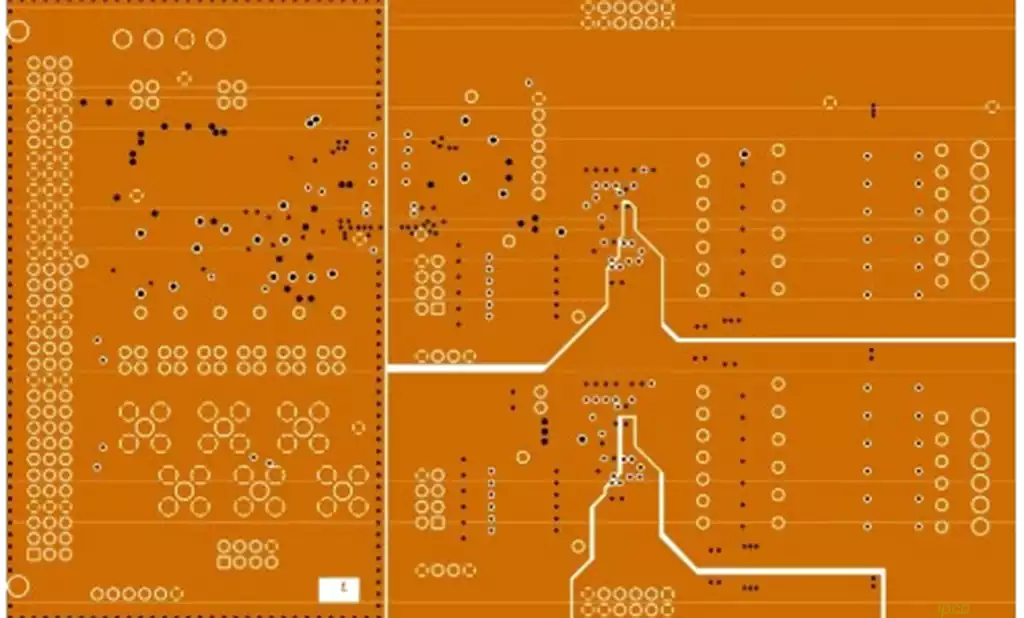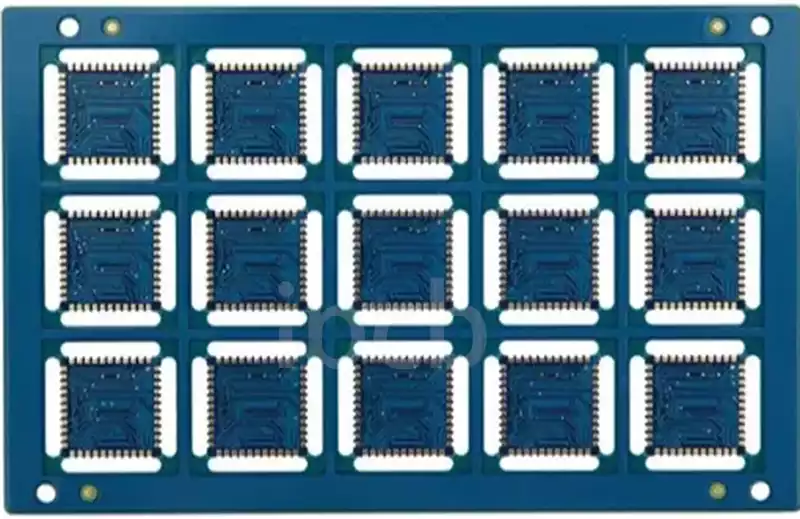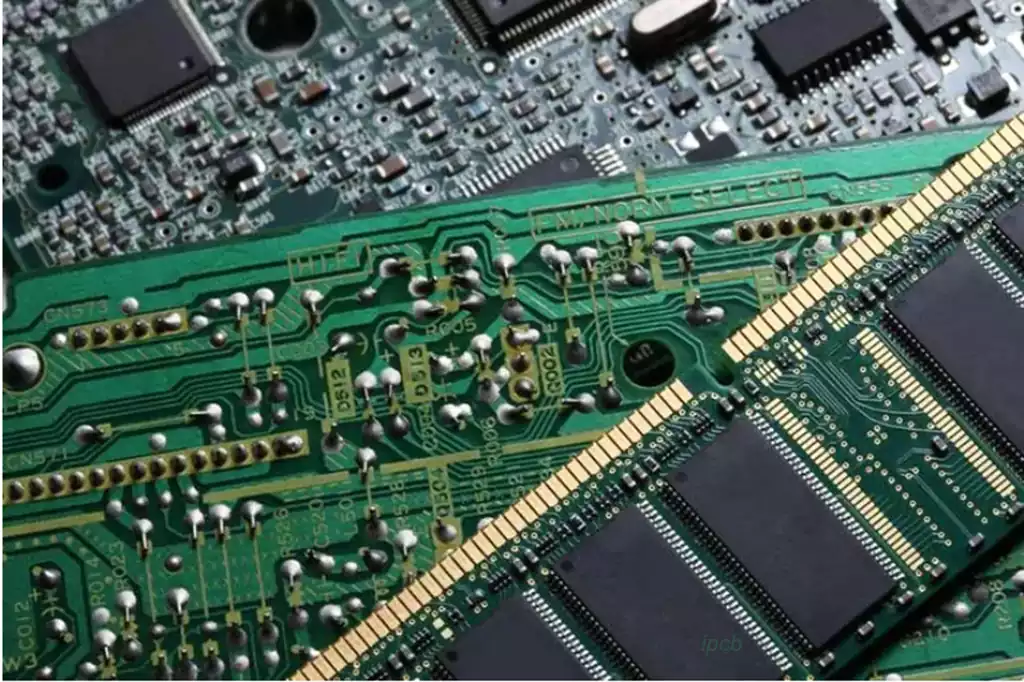Printed circuit board radio frequency (RF) chip, also known as printed circuit board rf chip, is the core components in the field of wireless communications and are responsible for converting RF signals to digital signals or digital signals to RF signals for wireless transmission of information. RF chips are usually composed of several key parts, including RF transceivers, power amplifiers (PAs), low noise amplifiers (LNAs), filters, RF switches, and antenna tuner switches, etc. The architecture consists of two major parts, the receiving channel and the transmitting channel.
Radio Frequency Front-End (RFFE) is the part of wireless communication equipment responsible for processing RF signals, which includes antennas, low noise amplifiers (LNA), filters, power amplifiers (PA) and other components.The main function of RF front-end is to receive and transmit wireless signals, including signal amplification, filtering, frequency conversion, etc. It is the part of the wireless communication system that interacts most closely with the outside world, and carries the important task of connecting the user and the network. RF chips are the integrated circuits that realise these functions, and together they ensure that the equipment can carry out wireless communication efficiently and accurately.
The architectural design of the RF chip mainly includes two major channels, receiving and transmitting. For the current GSM and TD-SCDMA standards, whenever a terminal needs to support an additional frequency band, the RF chip will set up an additional receiving channel accordingly; whether additional transmitting channels are needed depends on the spectrum spacing between the new frequency band and the existing frequency band. For mobile communication systems that use receive diversity technology, the number of RF receive channels will be twice as many as the number of RF transmit channels. This means that as the number of LTE bands supported by the terminal increases, the number of receive channels on the RF chip will also rise significantly. For example, if there are M new GSM or TD-SCDMA frequency bands, the receiving channels of the RF chip will increase by M; and if there are M new TD-LTE or FDD-LTE frequency bands, the receiving channels will increase by 2M. In view of the LTE spectrum compared to 2G/3G is more dispersed, in order to achieve international roaming through FDD-LTE, the terminal must support more frequency bands, which in turn brings the double challenge of cost and volume increase to the printed circuit board RF chip.
In order to reduce the chip area and cost, a receiving channel of printed circuit board RF chip can be designed to support multiple neighbouring frequency bands and multiple communication modes. When the terminal needs to be compatible with multiple frequency bands covered by this receive channel, switching elements need to be added to the RF front-end in order to adapt receive SAW filters or duplexers corresponding to these frequency bands. However, this approach leads to an increase in the size and cost of the RF front-end, and the addition of switches may also weaken the RF performance of the receive channel. Therefore, how to reconcile the conflict between the RF chip and the RF front-end in terms of size and cost will directly affect the size and cost of the entire terminal.
In addition, a single printed circuit board RF chip to support TD-LTE and FDD-LTE at the same time there is no technical obstacle, the market has been a number of merchants launched the relevant products. Slightly different from the baseband chip, it is relatively not difficult to increase the support for TD-SCDMA on the multi-mode RF chip.
Advantages and disadvantages of printed circuit board RF chips
Advantages:
- Compact design: small size, suitable for portable and compact devices.
- Low power consumption: optimised for low-power operation, which is critical for battery-powered devices.
- High-speed data transmission: enables high-speed wireless data transmission, which is ideal for modern communication systems.
Disadvantages:
- Susceptible to interference: RF signals are more susceptible to interference from other electronic devices and environmental factors.
- Signal attenuation: signal quality may be degraded over long distances or when blocked by obstacles.
- Complex design: RF chips involve complex circuit design and manufacturing processes that are challenging and costly.
Specific functions of RF chips on PCBs
Signal generation and transmission: printed circuit board RF chips convert the input electrical signal into radio waves through a modulator and send it out through an antenna. This process involves modulation of the signal. Common modulation methods include frequency modulation (FM), amplitude modulation (AM) and phase modulation (PM).
Signal reception and processing: The receiver converts the radio waves into electrical signals through the antenna, and then converts the signals back to the original electrical signals through a demodulator. The demodulated signal is then processed through filtering and amplification to finally obtain usable information.
Frequency Synthesis and Power Amplification: RF chips have the functions of frequency synthesis and power amplification. Frequency synthesis is used to generate a stable frequency signal, power amplifier is used to amplify the power of the signal to ensure that the signal can be transmitted over long distances and maintain good reception quality.
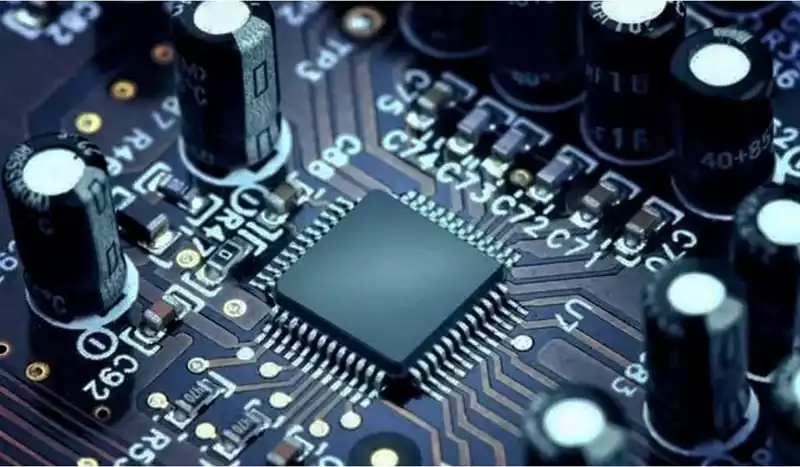
Printed circuit board RF chip applications
1.Communication
It is widely used in the field of communication. In wireless communication systems, RF chips can achieve signal amplification, filtering and frequency conversion and other functions. For example, the baseband processor in the mobile phone transforms digital signals into RF signals through the RF chip, which realises the communication connection.
2.Remote control
Widely used in the field of remote control. The remote control realises wireless communication with the equipment through RF chip, and can control many kinds of equipment such as TV, air conditioner, toys and so on.
3.Payment
RF chip also has a wide range of applications in the field of payment. For example, bank cards, bus cards, access cards and other physical cards are integrated with RF chips to achieve contactless payment functions. Through near-field communication technology, payment, access control, consumption and other functions can be achieved.
Printed circuit board RF chip is widely used and has a broad prospect. In the future, with the continuous development of science and technology, its application in the field of communication, remote control, payment and other fields will be more extensive.
